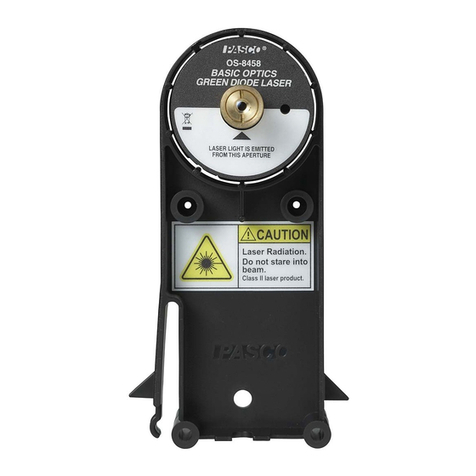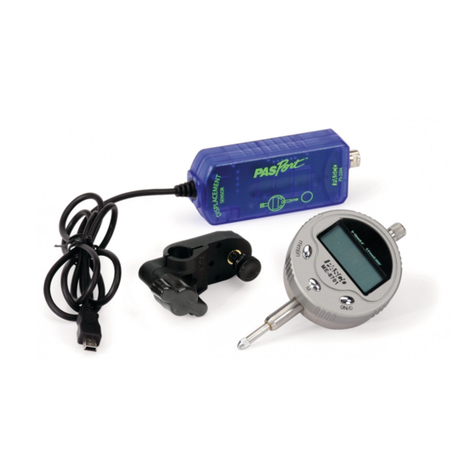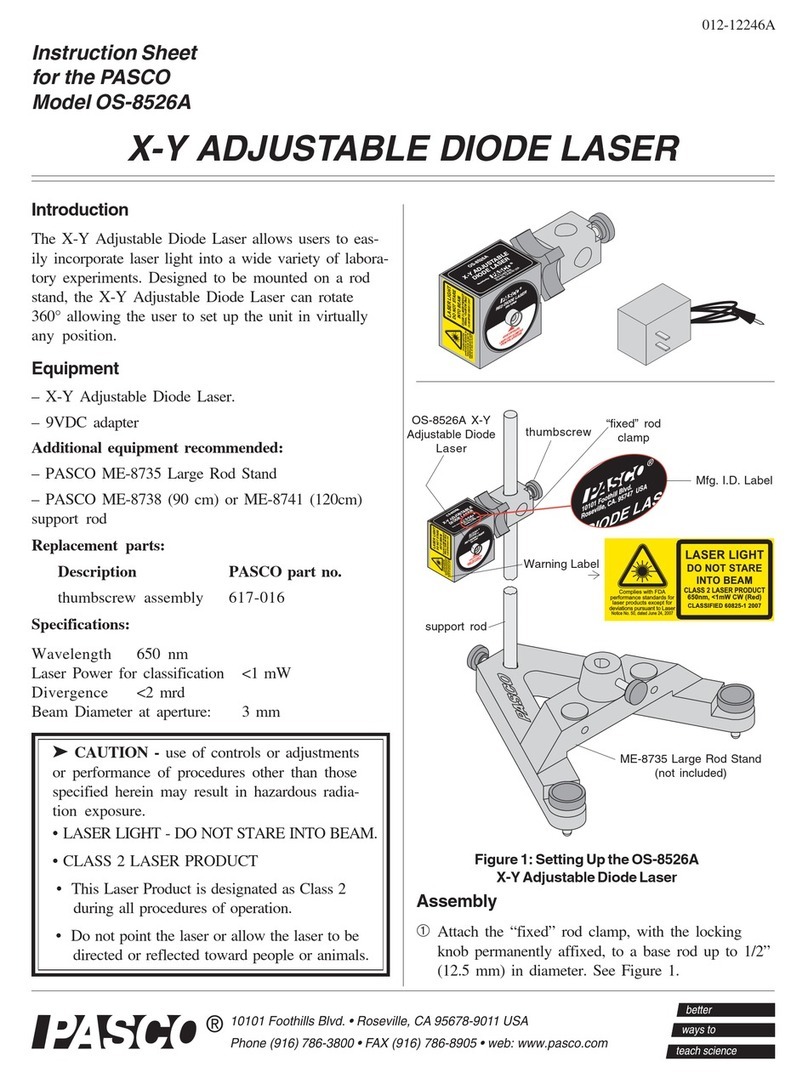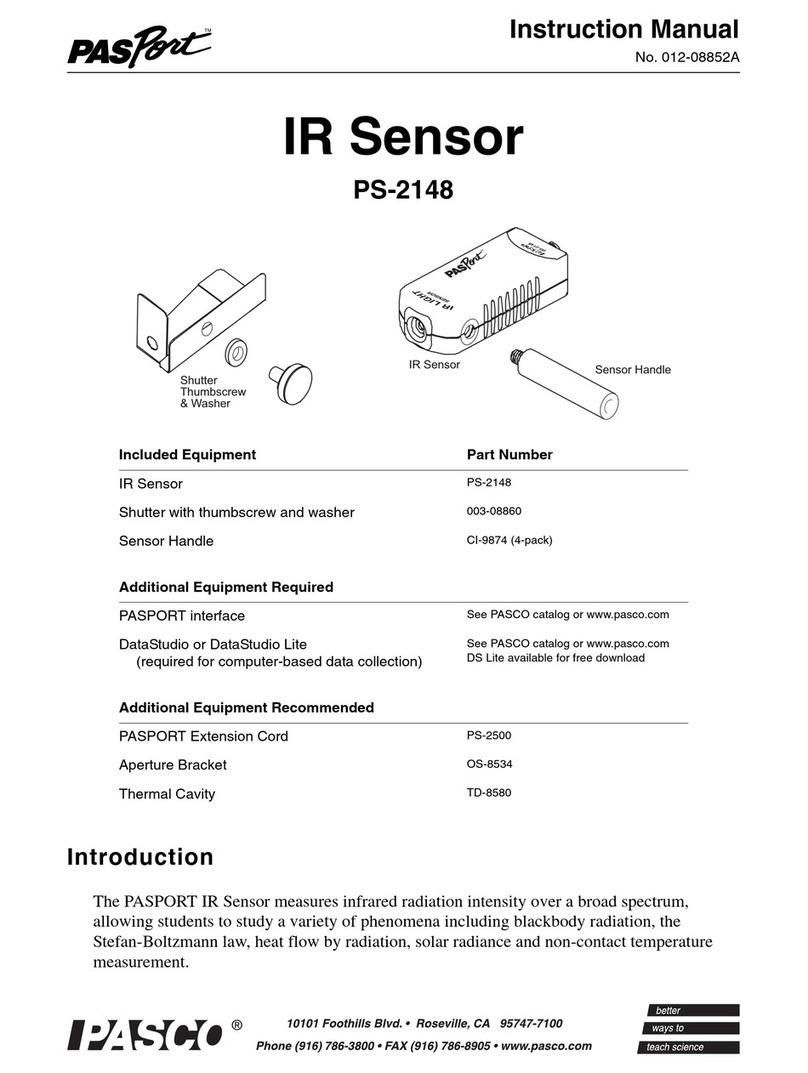PASCO PASPort Xplorer PS-2000 User manual
Other PASCO Measuring Instrument manuals
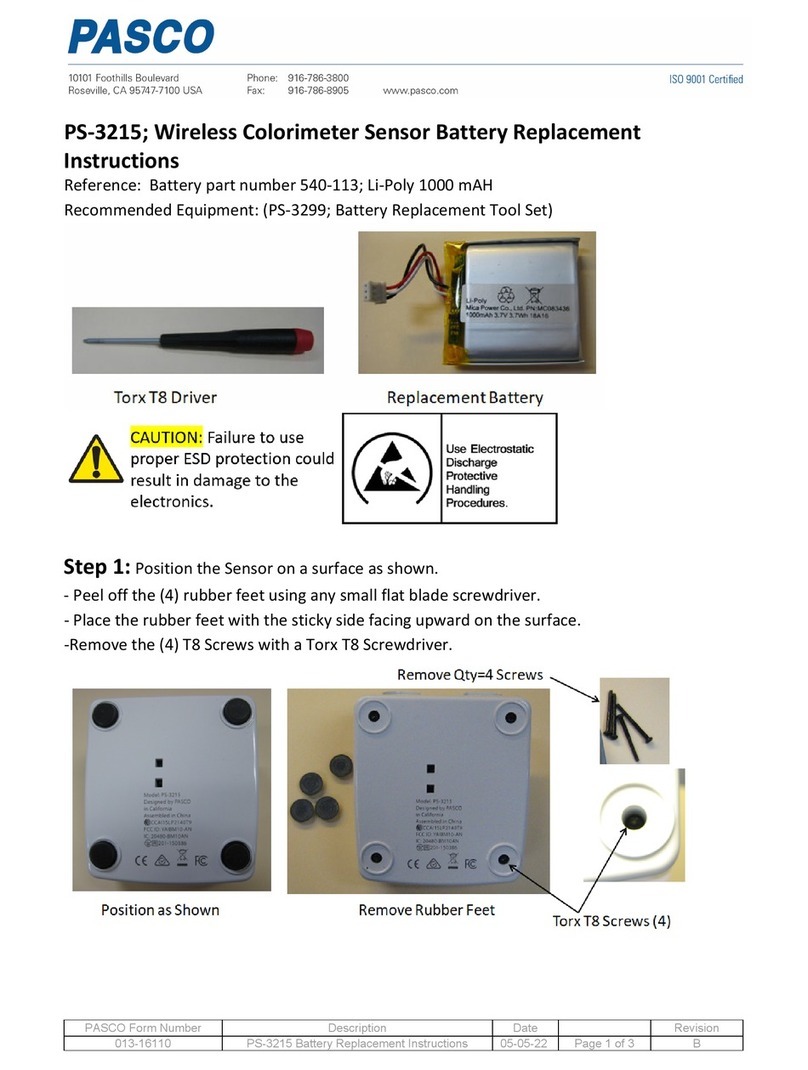
PASCO
PASCO PS-3215 Use and care manual

PASCO
PASCO SF-9500A User manual
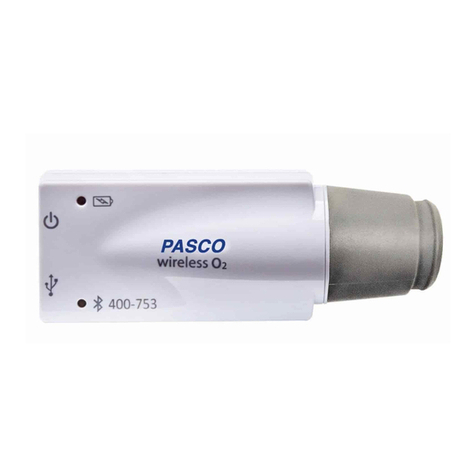
PASCO
PASCO PS-3217 User manual
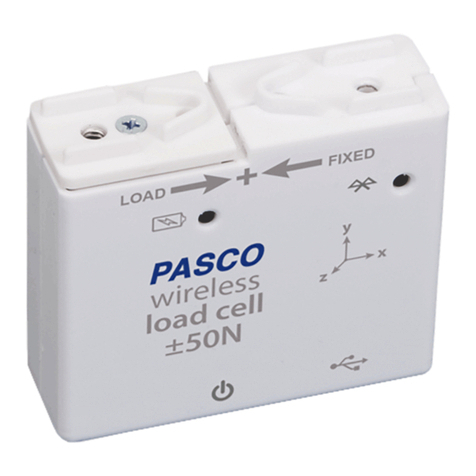
PASCO
PASCO PS-3216 User manual

PASCO
PASCO PS-3222 User manual
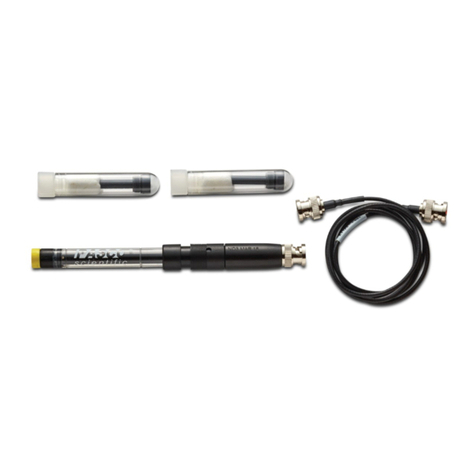
PASCO
PASCO PS-3521 User manual
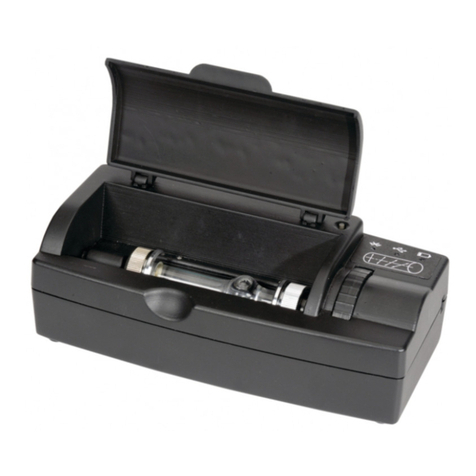
PASCO
PASCO PS-3237 User manual
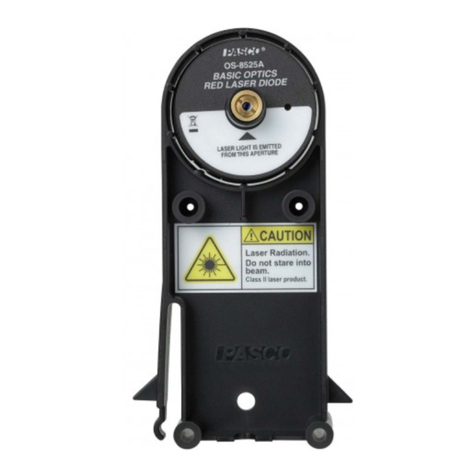
PASCO
PASCO OS-8525A User manual
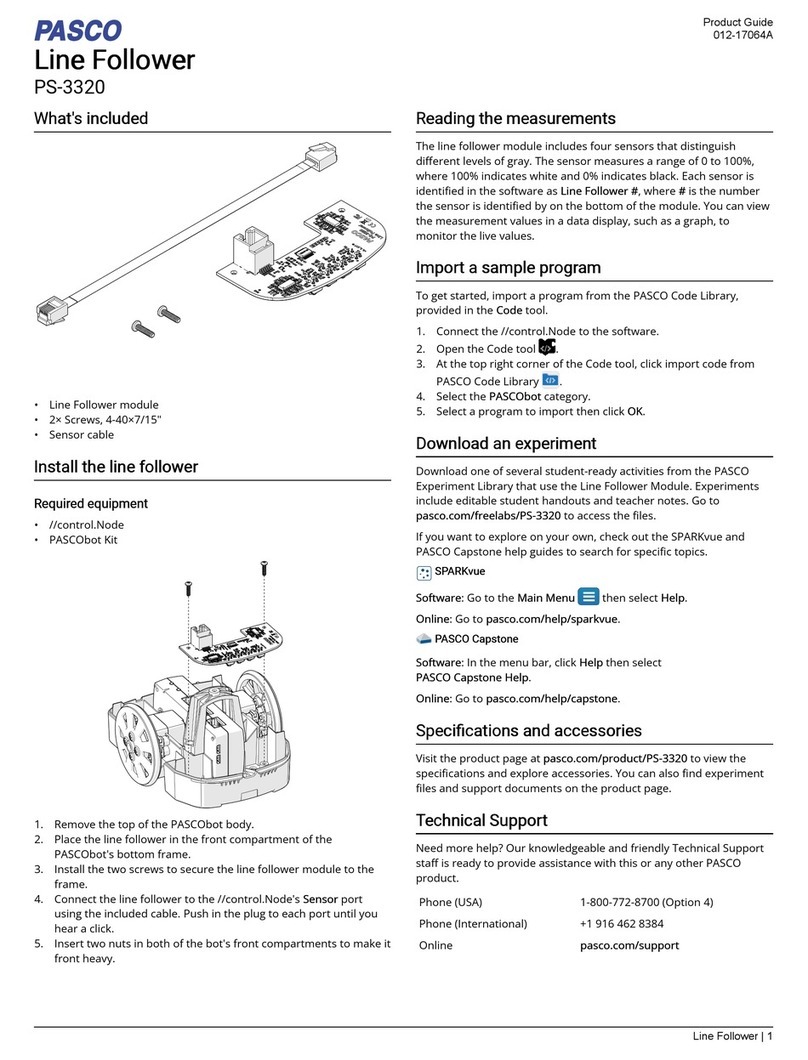
PASCO
PASCO PS-3320 User manual
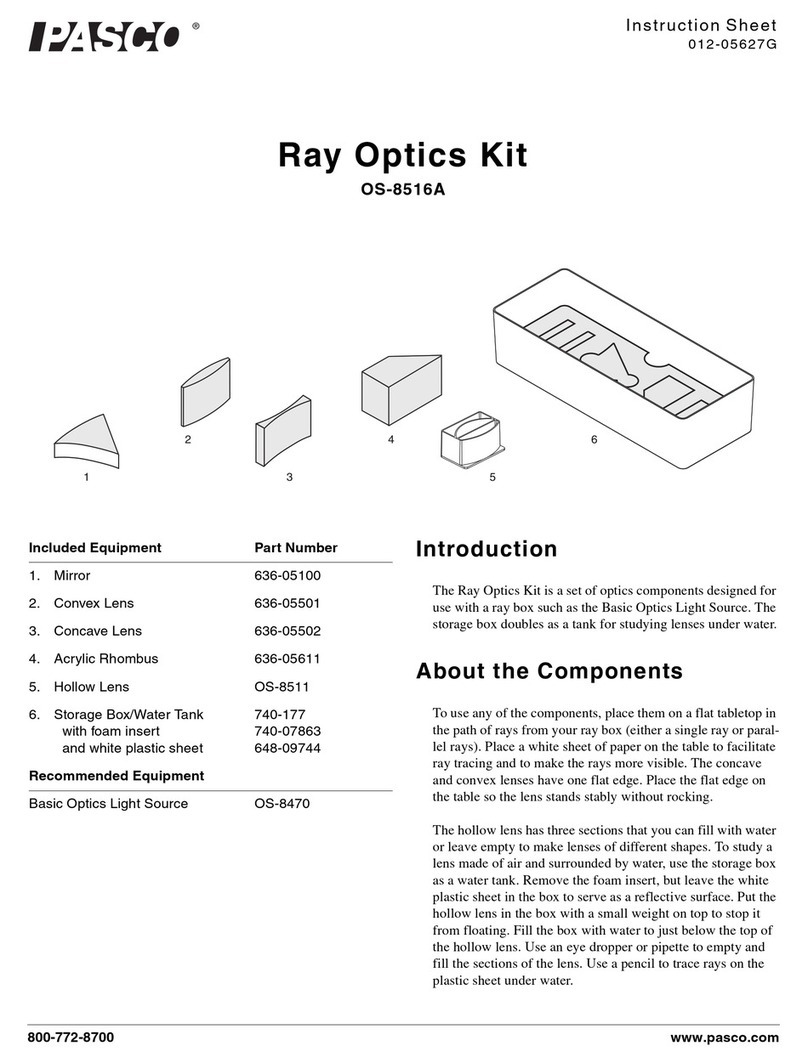
PASCO
PASCO OS-8516A User manual
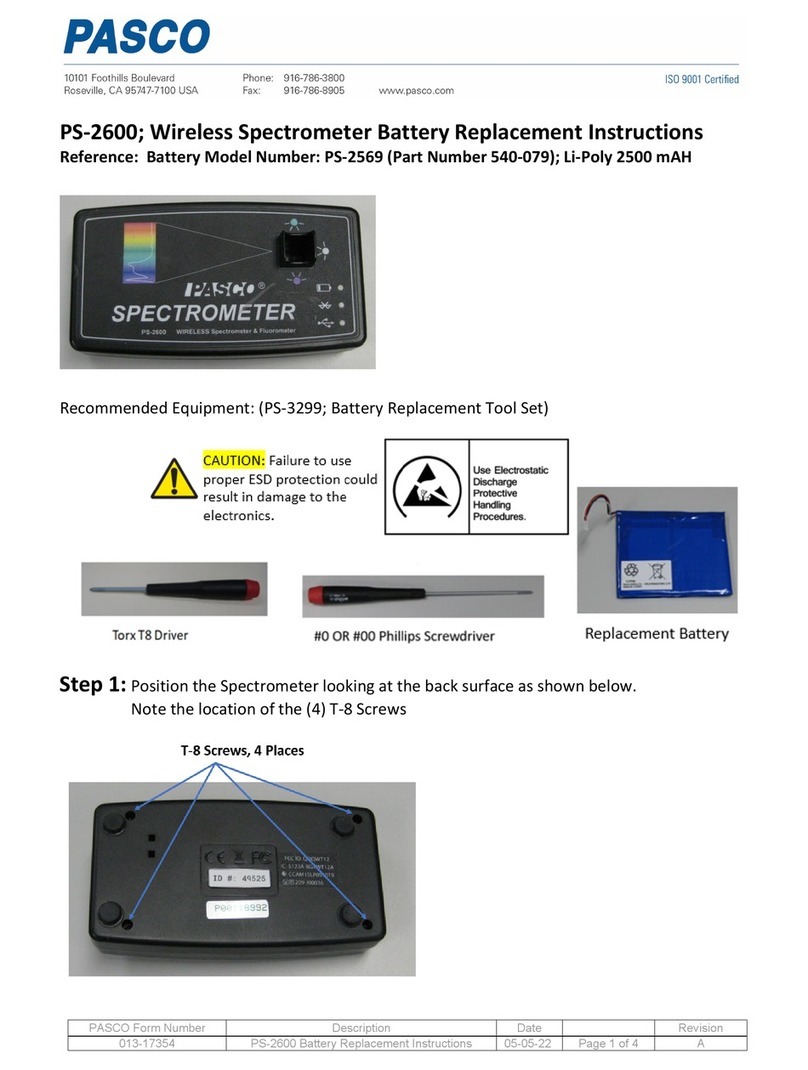
PASCO
PASCO PS-2600 Use and care manual

PASCO
PASCO PASPORT PS-2131 User manual
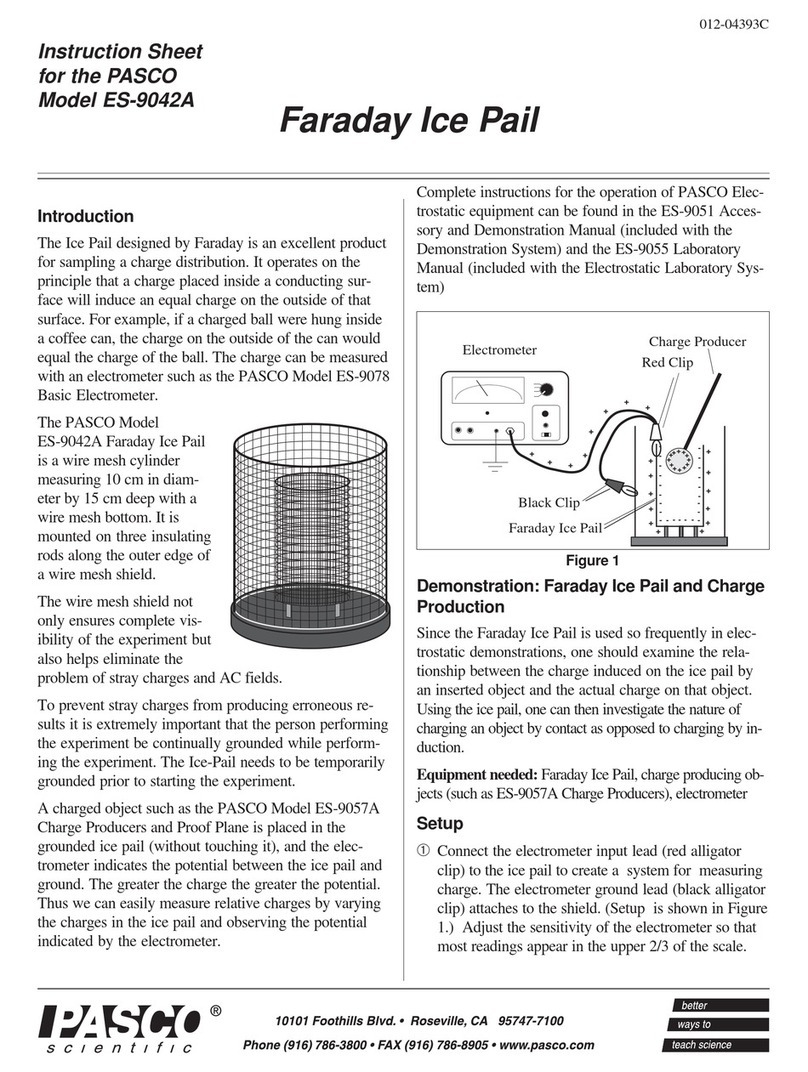
PASCO
PASCO ES-9042A User manual
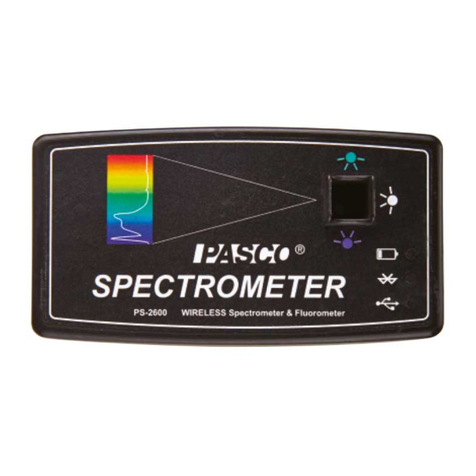
PASCO
PASCO Pasport PS-2600 User manual
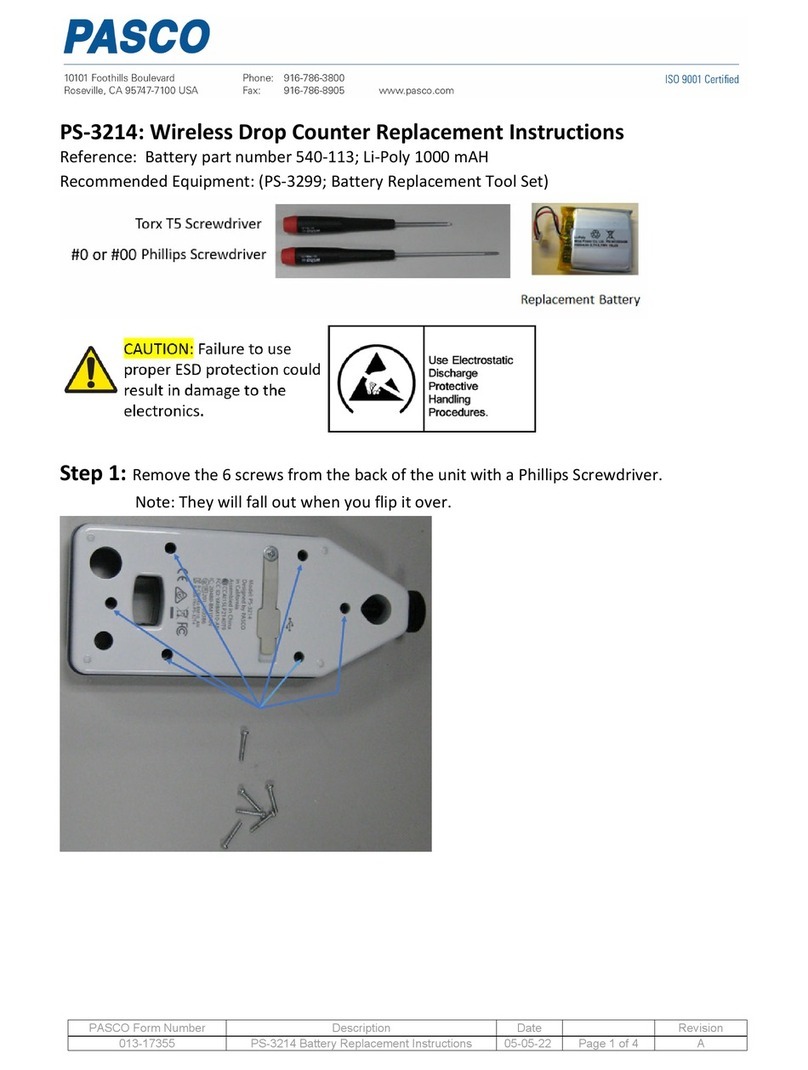
PASCO
PASCO PS-3214 Guide

PASCO
PASCO SF-9568A User manual

PASCO
PASCO PS-2600 User manual
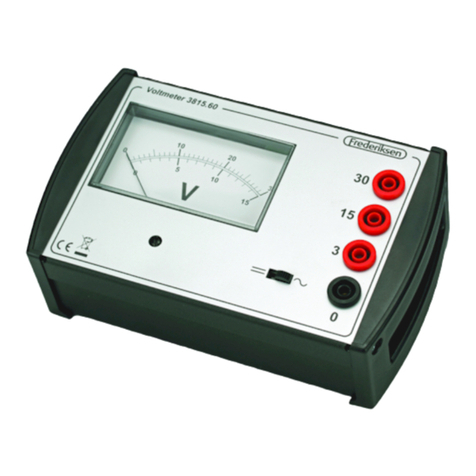
PASCO
PASCO SF-9568A User manual

PASCO
PASCO SE-7611 User manual

PASCO
PASCO OS-8527A User manual
Popular Measuring Instrument manuals by other brands

Powerfix Profi
Powerfix Profi 278296 Operation and safety notes

Test Equipment Depot
Test Equipment Depot GVT-427B user manual

Fieldpiece
Fieldpiece ACH Operator's manual

FLYSURFER
FLYSURFER VIRON3 user manual

GMW
GMW TG uni 1 operating manual

Downeaster
Downeaster Wind & Weather Medallion Series instruction manual

Hanna Instruments
Hanna Instruments HI96725C instruction manual

Nokeval
Nokeval KMR260 quick guide

HOKUYO AUTOMATIC
HOKUYO AUTOMATIC UBG-05LN instruction manual

Fluke
Fluke 96000 Series Operator's manual

Test Products International
Test Products International SP565 user manual

General Sleep
General Sleep Zmachine Insight+ DT-200 Service manual
